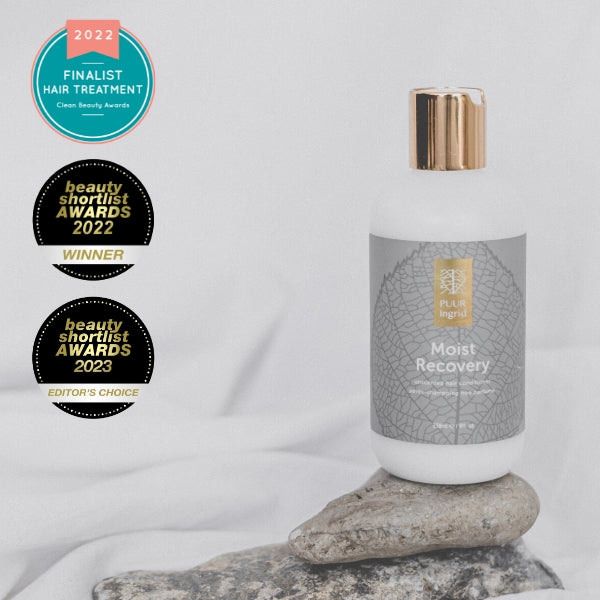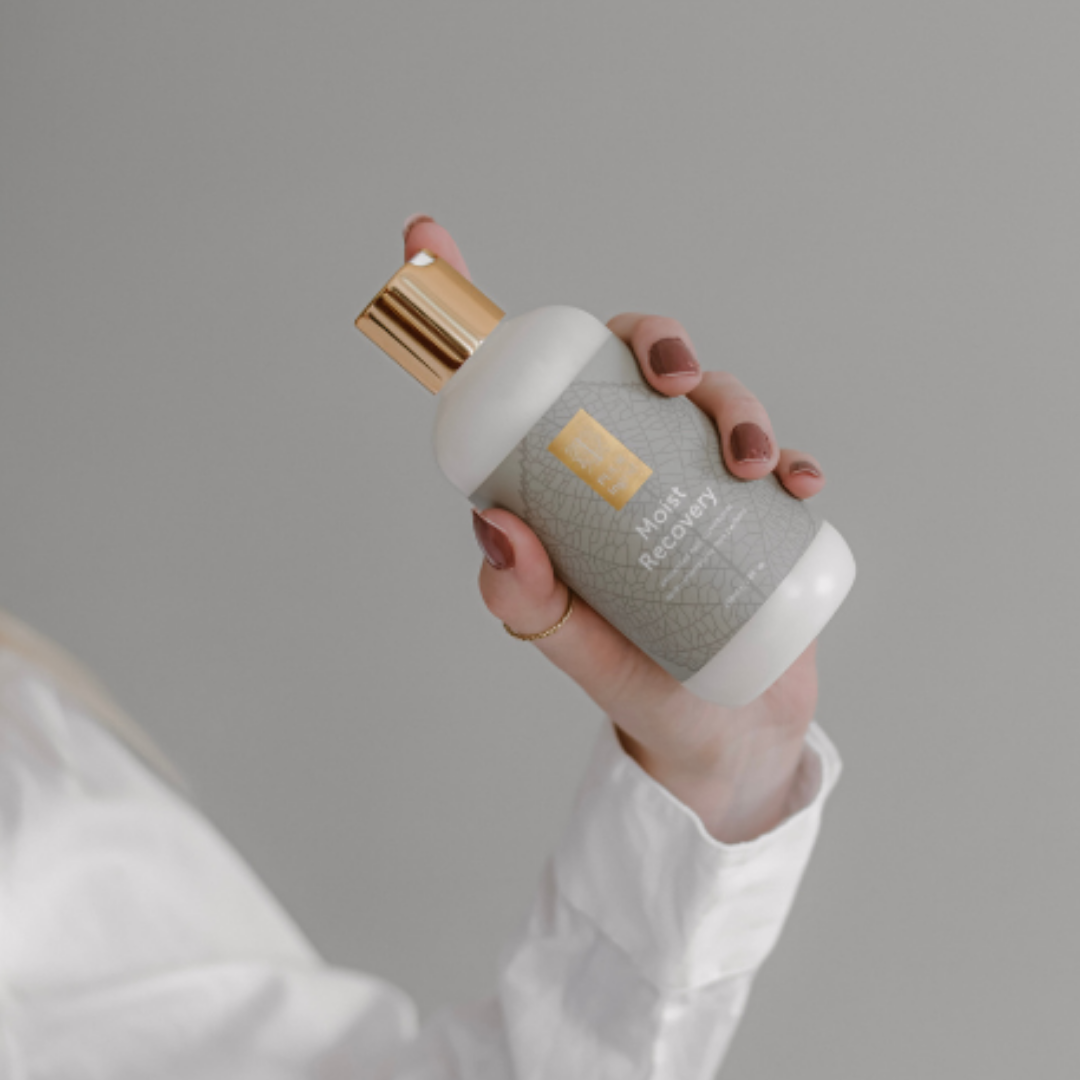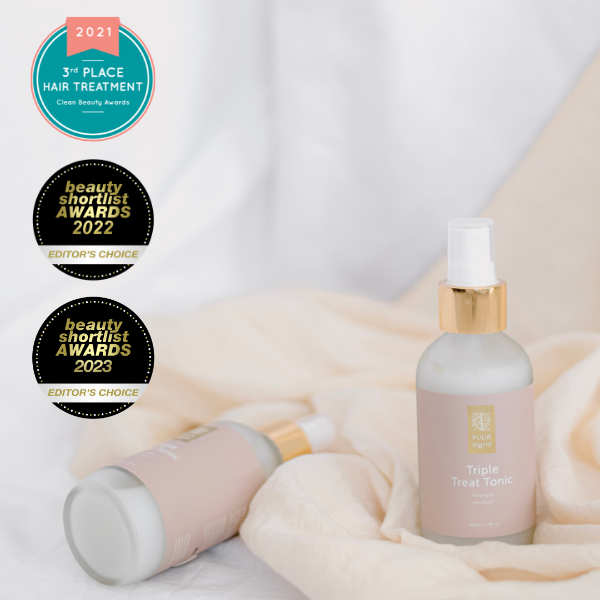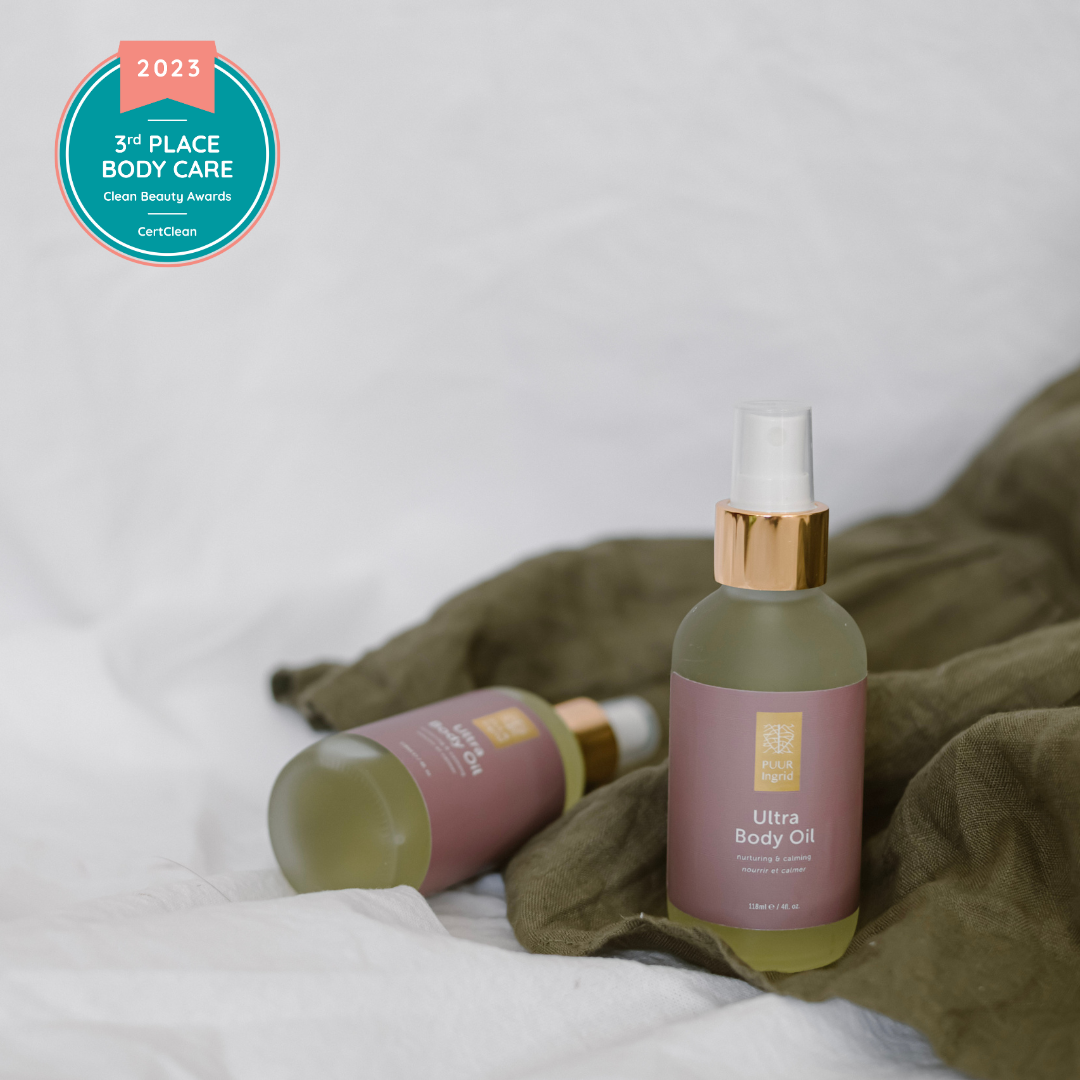What Are Non-Comedogenic Oils?

For some, the thought of putting oils onto their already oily and acne-prone skin is cringe-worthy. Why would I put oil on top of my already oiled-out t-zone? Well, what if we told you that incorporating natural, plant-based, non-comedogenic oils into your skincare rituals can provide your skin with numerous benefits without breaking you out?
First, let's start with comedogenic versus non-comedogenic oils.
In the skincare world, the term comedogenic means that an ingredient or product has the propensity to clog pores and could potentially lead to acne. This goes back to the root word, 'comedo' or 'comedone,' which means a clogged pore.
This concern for staying away from comedogenic ingredients has led researchers, product developers, and skincare enthusiasts to develop comedogenic scales. These scales rate ingredients on how likely they are to clog pores, with anything rated 0, 1, or 2 being considered "non-comedogenic." Here's the basic run-down:
- 0: Will not clog pores at all
- 1: Very low likelihood of clogging pores
- 2: Moderately low likelihood of clogging pores
- 3: Moderate likelihood of clogging pores
- 4: Fairly high likelihood of clogging pores
- 5: High likelihood of clogging pores
What is Non-Comedogenic?
Just as comedogenic products can clog pores and cause acne, non-comedogenic ingredients and products do not clog pores or cause the eruption of comedones. Non-comedogenic facial oils, in particular, are phenomenal for your skincare routine as they keep skin hydrated, soothed, and supple by providing necessary nutrients and fatty acids.
Natural, plant-based, non-comedogenic oils supply the skin with defending antioxidants, strengthen your skin's natural barrier, boost skin elasticity, and (bonus) oils high in linoleic acid can actually prevent acne. Research has shown that acne sufferers tend to have low concentrations of linoleic acid on their skin's surface, leading to excess oil production and clogged pores.
A Basic Guide to Non-Comedogenic Oils
Non-comedogenic oils are not something that those with oily or acne-prone skin should be afraid of. Knowing more about the benefits of certain non-comedogenic oils and what they can do for your skin can make you feel empowered and comfortable using these amazing natural skincare ingredients. Here are two of our favorite non-comedogenic oils that we think are worth checking out.
Squalane:
Plant-based squalane is naturally derived from sugarcane and is a more stable version of squalene, an oil typically derived from plants and animals. Squalane acts as an emollient, hydrating the with oleic acid and acting as a barrier on top of the skin, locking in moisture. Squalane's small-sized particles and ability to mimic our skin's own natural moisture allows it to easily absorb into the skin.
Squalane rates between 0 and 1 on the comedogenic scale, making it the perfect moisturizing oil for those with dry, combination, or sensitive skin as it has been known to reduce skin redness and irritation.
To learn more about the benefits of squalane oil, read our blog posts on Squalane: a super-star moisturizer and What is Squalane oil and why is it the hot new thing?
Grapeseed Oil:
Grapeseed is another non-comedogenic oil that is especially friendly for acne-prone skin as it is lightweight and high in linoleic acid. Its low rating of 1 makes grapeseed oil a good moisturizer for any skin type looking to brighten its complexion. Grapeseed oil pairs beautifully with other non-comedogenic oils such as squalane, found in our Repair Booster facial oil.
To find out more about healing, moisturizing facial oils that are your skin's BFF, read up on this blog post or shop our facial oil collection that is uniquely and purposefully designed to boost your skin's natural glow. Each of our oils is entirely natural, non-comedogenic, and EWG-approved, meaning that these oils are safe for your skin and body.















































